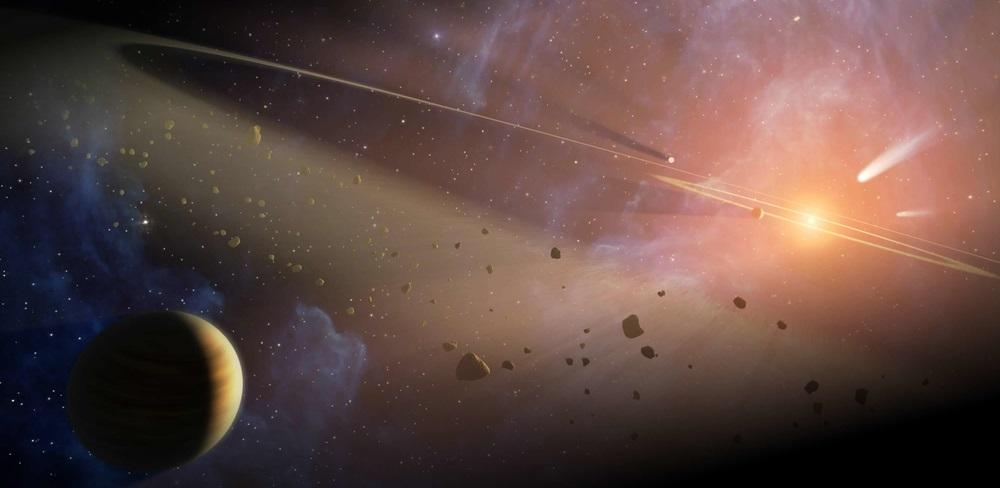
The mission of the School is to contribute to our understanding of the physical world through excellence in observational, theoretical and experimental science and to apply quantitative and other appropriate methodologies to address problems in the fields of biology, technology, medicine, social science and the humanities.
The School’s ten academic Departments and Institutes thus cover a broad range of research.
A fundamental part of what we do is to maintain excellence across the core disciplines, supporting the delivery of teaching and outreach at excellent levels and providing a base on which to build as new research priorities and opportunities emerge with new appointments. This rich range and diversity enables the School to strategically tackle issues across the following key themes:
The Extreme Universe
With the discovery of the Higgs boson and the first detection of gravitational waves we live in a remarkable period of discovery in our understanding of nature on its very largest and smallest scales. Cambridge has played a pivotal role in the development of this new cosmological paradigm, which raises profound questions: What are the physical natures of dark matter and dark energy that dominate our Universe? How did the Universe begin? What is the role of black holes in the evolution of the early Universe and galaxies? What were the particles and forces acting at the time of Big Bang and are there hidden dimensions at small scales? These questions are among the most important for physics and astronomy in the coming century, and they have drawn together scientists from astronomy, relativity, particle physics, quantum field theory, and string theory in order to answer them. The discovery of thousands of planets outside our solar system, exoplanets, has ushered in a new era of interdisciplinary research to characterise these alien worlds. Cambridge, with its recently founded Leverhulme Centre for Life in the Universe, leads the way in this field by uniting physics, mathematics, chemistry, and Earth sciences to address one of the most ancient and profound questions humanity has asked, are we alone in the Universe?
The Physics, Chemistry and Mathematics of Life
Life obeys the laws of physics. Hence, in principle, the properties of living systems should follow from our understanding of physical and chemical processes at the atomistic level. Until recently, predictive models of life processes have been beyond our reach. That situation is now changing: The ‘genomics revolution’ enables us to read and modify genetic and epigenetic information, and sophisticated new tools in molecular biology enable both study of the expression and dynamics of single molecules in single cells and the behaviour of single cells in a population. The ‘digital revolution, with the unprecedented increase in the speed of computing and the ability to manipulate massive data sets is enabling the quantitative analysis and multi-scale simulation of complex biological systems to become possible. These are coupled with the ‘imaging revolution’, reflected in a string of Nobel prizes for scanning-probe microscopy, computer-assisted tomography, super-resolution microscopy, fluorescent protein labelling, not to mention the development of techniques to determine the structure of increasingly complex biomolecules. Other developments, such as confocal microscopy and AFM have been hardly less important. Research in the Physical Sciences is playing a key role in all these developments at the interface of the physical sciences and the life sciences, with unique strengths in soft-matter science, micro-/nanofluidics, optical manipulation techniques, AFM and mechano-sensing technologies, molecular imaging, biosensor technology, nanoscience, artificial intelligence and machine learning, computer simulations and theory.
